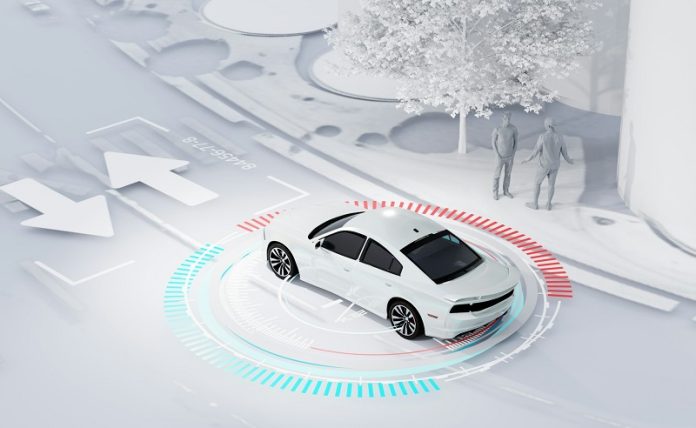
Some safety warnings may backfire, study finds
If you’ve driven a newer car lately, you’ve probably heard a lot of beeps and alerts—warnings when you’re drifting out of your lane or when someone’s in your blind spot.
These safety features, called Advanced Driving Assistance Systems (ADAS), are meant to make driving safer. But do they actually work?
New research led by Ashish Agarwal at the University of Texas at Austin shows that the answer isn’t so simple. While some features do help, others might actually lead to more risky driving.
Agarwal and his team studied driving data from nearly 200,000 vehicles sold in 2018 and 2019. Some of these cars had ADAS features, and some didn’t.
The team looked at how two common safety systems—blind spot detection and lane departure/forward collision warnings—affected speeding and hard braking, two signs of hazardous driving.
They found that blind spot detection helped. Drivers with this feature were 6.76% less likely to brake hard and 9.34% less likely to speed, compared to those without it. The longer they used it, the better their behavior got, with speeding dropping slightly more each month.
But the opposite was true for lane departure and forward collision warnings. Drivers with these features actually braked hard and sped more often. Over time, these risky behaviors increased slightly every month.
Why such different effects? Agarwal believes it comes down to how our brains respond. He points to a concept called “dual process theory,” which says we have two ways of thinking: fast and automatic (System 1), or slow and deliberate (System 2).
Lane departure and collision warnings often come with loud alerts and require immediate action. This puts drivers in System 1 mode, where they react quickly but don’t really think about what they’re doing—or learn from it. In fact, they may start relying too much on the warning, instead of paying close attention themselves.
Blind spot detection, on the other hand, gives drivers time to process the warning and act calmly. This encourages System 2 thinking, which leads to learning and improved behavior over time.
Agarwal says car makers should rethink how they design these systems. For example, repeating a warning after a lane departure might help drivers reflect on what happened and drive more safely in the future.
The study, published in Production and Operations Management, shows that safety features can help—but only if they’re designed with human behavior in mind.



